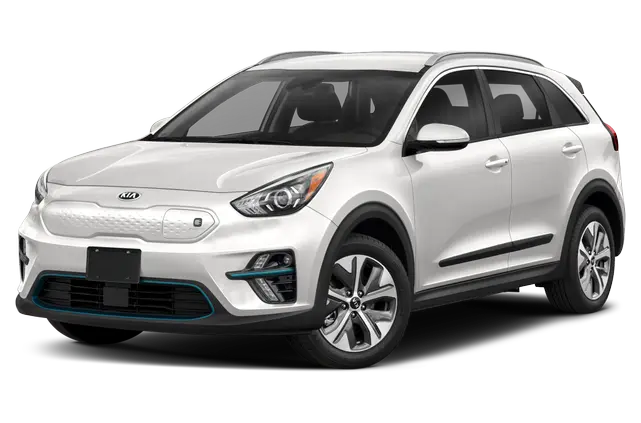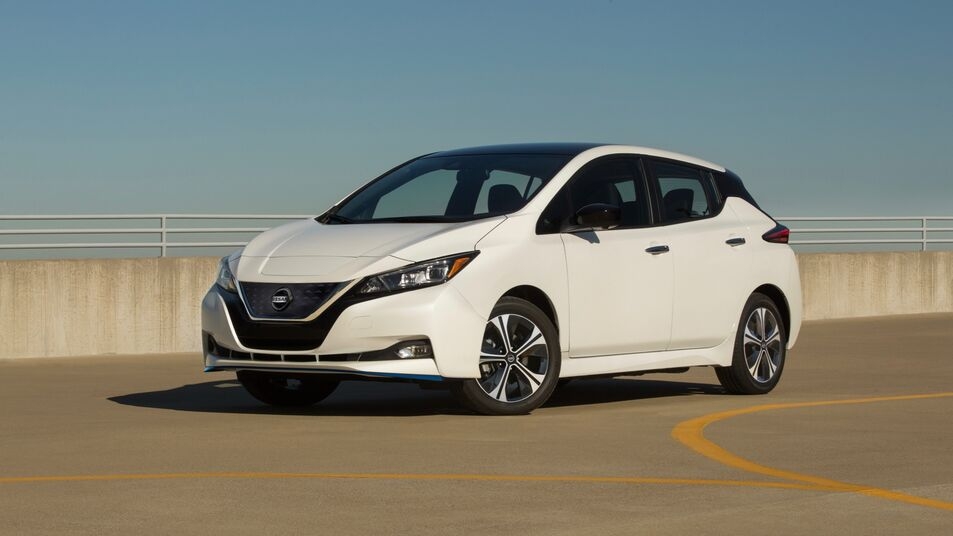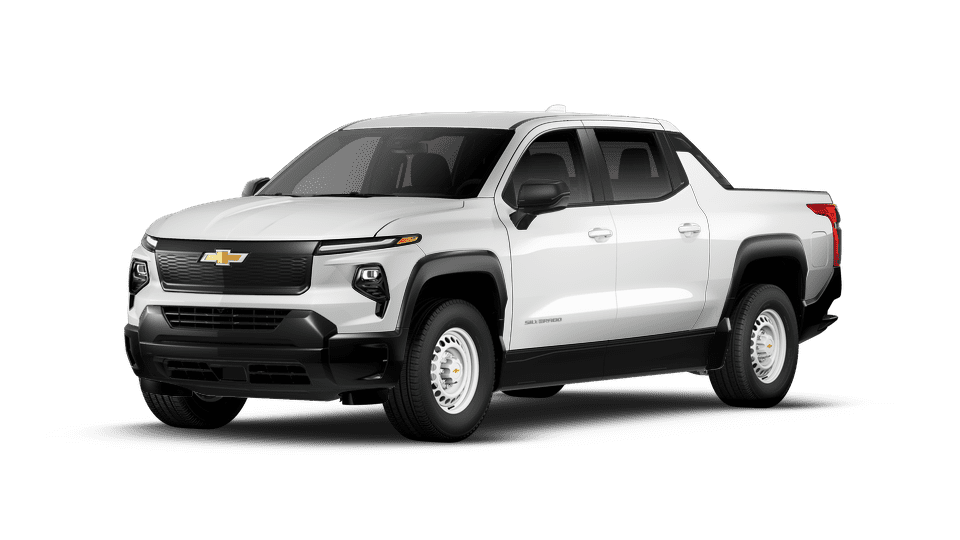Let’s talk about that number: 100,000 miles. In the gas world, that’s often when people start to bail. Maintenance gets expensive. Things start rattling. You’re chasing leaks, dealing with check engine lights, and wondering if the next bill will be four figures.
But electric cars? They’re built different — at least, the good ones are.
In 2025, a growing number of EVs have crossed the six-figure mileage mark. And we’re finally seeing which ones are holding up, which ones are struggling, and which ones are quietly becoming used market legends. The surprising truth? Some high-mile EVs still drive, charge, and perform like they’re barely broken in.
This isn’t a theoretical list. We’ve been watching used markets, tracking owner forums, reviewing battery degradation reports, and talking to people driving these cars daily. The goal here is simple: help you figure out which EVs are still worth buying — even with 100K+ miles on the odometer.
Because if you buy smart, you can get a serious deal. But if you buy blind, you’ll be staring at a $15K battery replacement and a dashboard that doesn’t match the promise.
The Truth About EVs at 100K Miles
Let’s clear something up: EVs don’t fall apart at 100,000 miles. In fact, many of them don’t even blink. No oil changes. No timing belts. No transmission fluid. There’s simply less that can go wrong.
But EVs do age — in very specific ways. You won’t always see it in the cabin or under the hood. You’ll see it in the battery. You’ll feel it in the range. And if you’re not paying attention, you’ll learn the hard way that 300 miles on paper becomes 220 in winter after five years of fast charging.
What matters most in a high-mile EV?
- Battery health — how much usable range does it still hold?
- Thermal management — has the battery been kept at safe temps?
- Charging habits — has it been fast-charged daily, or treated gently?
- Software support — is the car still getting updates, or left behind?
- Repair support — are parts and diagnostics still available and affordable?
- Service history — has it been maintained, or run into the ground?
These are the filters we’re using here. What follows are the EVs we would buy with 100,000+ miles — and trust to go another 50,000 without eating your wallet.
Tesla Model 3 Long Range (2018–2020)
There’s a reason high-mile Model 3s are still getting good money — they last. The early dual-motor Long Range versions were built with robust NCA battery chemistry, liquid cooling, and some of the best software in the business. These cars were made to be driven — and many of them were. You’ll find 2018 and 2019 models with 120K+ miles that still drive like they did at 30K.
Battery degradation? Generally under 12% if the car wasn’t abused. That means you’re still getting 280–300 miles in moderate conditions. The ride is firm, but stable. The interior may show wear, but mechanically, the car holds up. And the Supercharger access makes it ideal for long-haul use, even with a slight range drop.
Buy tip: look for single-owner cars with consistent service and battery data available. A well-maintained high-mile Model 3 is still one of the best used EVs on the road.
Tesla Model S (2017–2019)
Older Model S sedans are racking up miles like old Mercedes diesels used to. It’s not unusual to see them pushing 150,000–200,000 miles — especially from owners who road trip or drive for rideshare. Why? Because the battery systems are robust, the motor design is simple, and the charging network is seamless.
Even at 100K miles, many Model S Long Range variants still hold 85–90% of their original capacity. That’s good for 270–320 real-world miles depending on use. The air suspension needs watching, and door handles often need replacement, but the drivetrain itself? It’s a tank.
If you want something fast, comfortable, and long-legged with miles on the clock, a well-kept Model S is still worth a look — and now sells for 40–50% of its original MSRP.
Hyundai Kona Electric (2019–2021)
The Kona Electric is one of the under-the-radar champs of high-mile EVs. Early models with 60K–100K miles are showing minimal degradation — often under 10% — and very few serious service issues. The cabin’s simple, the seats are durable, and the ride quality is solid for a small crossover.
You’re still looking at 230+ miles of range in most used examples. The charging speed isn’t blazing, but it’s stable. The car doesn’t feel worn out at 100K — and that’s rare in this price range.
Add in Hyundai’s 10-year/100K powertrain warranty (if you buy CPO or original owner), and the value gets even stronger. This is one of the few high-mile EVs you can buy under $20K and still drive with full confidence.
Chevrolet Bolt EV and Bolt EUV (2017–2022)
Say what you will about GM’s early EV rollout — the Bolt is aging well. After the battery recall and replacement packs, many Bolts now have new batteries in high-mileage chassis. That means you’re getting a fresh 259-mile capacity in a car that’s already proven its drivetrain and electronics can go the distance.
The drive is upright and clean. The interior holds up better than you’d expect. Premier trims are still relatively well-equipped, and even base trims feel more modern than some competitors.
Battery health? Fantastic — especially on those with the LG recall fix. We’ve seen 2017 models with 150K miles still delivering over 230 miles per charge.
For under $18K in 2025, it’s hard to beat that kind of durability-per-dollar.
Hyundai Ioniq Electric (2017–2019)
This one doesn’t get much press — but it quietly built a reputation as one of the most efficient and reliable EVs on the road. The Ioniq Electric wasn’t flashy. It had modest range (124 to 170 miles depending on year), but its battery degradation is impressively low, even on high-mileage units. Some owners have crossed 120,000 miles and still report over 90% battery health.
Why does it last? Conservative charging, mild power output, and Hyundai’s excellent thermal management system. It’s the kind of car you buy if you want something that just works. It’s not fast. It’s not luxurious. But it’s incredibly consistent — and if your daily range needs are modest, it’s a high-value, low-maintenance buy at under $15K.
Nissan Leaf Plus (2019–2022)
Now let’s be careful here — early Leafs without liquid cooling degrade fast. But the Leaf Plus models with the 62 kWh battery do far better. They still don’t have active cooling, but better battery chemistry and smarter software tuning make a big difference. In moderate climates, we’ve seen Leaf Plus units with over 100,000 miles still holding more than 85% of their original range.
You’re looking at 200–215 real miles on average. The ride is smooth, the cabin is quiet, and if you find a well-kept SV Plus or SL Plus trim, you’re getting a lot of car for under $17K. Just avoid units from hot states that were fast charged constantly — thermal wear shows up faster in those.
Kia Niro EV (2020–2022)
The Niro EV doesn’t get the headlines, but in practice, it’s one of the most balanced EVs you can buy used. High-mile units — especially from rideshare drivers and fleet vehicles — are proving durable. Range loss is minimal even at 100K miles, often sitting around 10–12%, and the cabin quality is solid for the price point.
It’s roomy without being huge. Quiet without feeling isolated. And the drivetrain has shown very few long-term issues. It’s basically a cousin to the Kona Electric — but with more rear space and a slightly softer ride. Look for EX Premium trims if you want the best interior and options.
Tesla Model Y (2020–2022)
The Model Y is a newer entry into the 100K club, but early examples are holding up very well. Dual motor Long Range versions from 2020–2021 are now crossing 100,000 miles with less than 15% battery loss in most cases. Software keeps getting better. The interior still feels current. And the driving experience remains as sharp and confident as it did when new.
This is one of the few EVs where you can rack up 25,000 miles per year and not feel like it’s wearing out underneath you. The seats, controls, suspension, and battery cooling are all built for long-term use — and resale value remains high even on high-mile units.
If you want an EV you can put another 100K on without blinking, this is one of the safest bets on the list.
What We Think
For years, people were skeptical of EVs at 100,000 miles. They were told the batteries would fail. That replacement packs would cost $20K. That no EV could go the distance. But in 2025, we finally have the proof — and it’s clear: some EVs are just built better.
Tesla leads the pack in long-term durability, especially with the Model 3 and Model Y. Hyundai’s early Kona and Ioniq electrics are quietly outperforming expectations. The Bolt — after its rocky start — is turning into one of the smartest high-mileage buys on the market. And even under-the-radar picks like the Kia Niro and Leaf Plus can deliver serious value if you buy right.
Our advice? Don’t fear the odometer. Fear bad maintenance, weak batteries, and cars that weren’t built to last. If you find a high-mile EV with a clean charging history, service records, and strong remaining battery health — you’re not buying someone else’s problem. You’re buying someone else’s workhorse. And if it’s held up this long? Odds are, it’s got plenty of miles left in it.
Looking for more honest, real-world EV buying advice? Keep reading BidForAutos.com — we don’t just talk about cars. We drive them.








